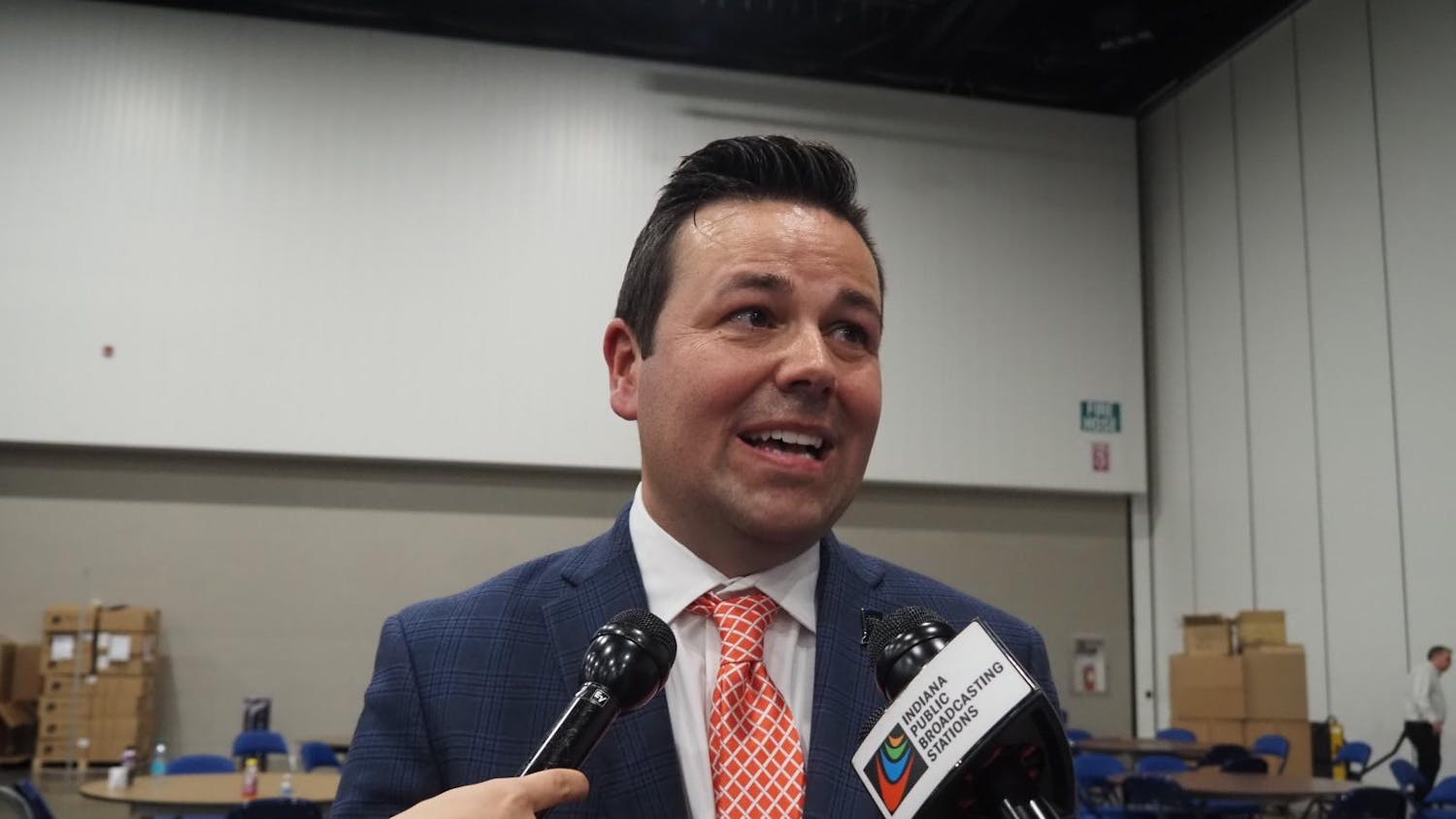A 7.6-magnitude earthquake struck El Salvador Jan. 13, killing more than 700 and leaving about one million homeless in the country of about six million people.\nHistory professor Jeff Gould was there.\nGould, director of the Center for Latin American and Caribbean Studies, has been in El Salvador researching a 1932 massacre of 10,000 Native Americans and peasants. He will turn the results into a documentary film and a book. \nIn his five trips to El Salvador during the last three years, he has talked to people from the countryside, which he said is an important part of his research.\nJan. 13, he was talking to an elderly man in Santa Anna, the country's second largest city, when the walls of the man's house began to shake. What followed, Gould said, was the longest 45 seconds of his life.\n"The house started to shake, and we all knew immediately this was at least a small tremor," he said.\nGould and the man cut off their discussion and ran outside.\n"It literally seemed like the walls were coming down, then they would straighten back up," he said.\nHe said the scariest part of his experience was driving back to San Salvador, the capital, where he was staying. The trip normally takes an hour. This time, it took six, he said.\n"The roads were covered with rocks and dirt from landslides," he said.\nOne road became blocked an hour after Gould drove over it, he said. It would take a week for workers to clear one lane.\nGould returned home to Bloomington Saturday. He said the quake dealt a serious blow to the country's people and economy.\n"Before the earthquake, these people were barely surviving," he said. "Now, with the earthquake, it becomes an impossible situation."
A 'sense of solidarity'\nJocelyn Viterna, a graduate student who lived in El Salvador, has been worrying about her friends in El Salvador since the earthquake.\nShe did research in El Salvador during the 1998-99 school year and has taken three or four short trips there, she said.\nWhen Hurricane Mitch struck in 1998, Viterna said she helped unload trucks and distributed aid to victims. Now she is raising money for earthquake relief.\nBy circulating e-mails to friends, family and co-workers, she raised $630. The money will primarily be used to buy plastic sheeting to protect homeless families from the weather, she said.\nHomes in rural El Salvador are made of mud or concrete blocks. The nicer homes have corrugated tin roofs, while most roofs are made of tree branches held together by mud, Viterna said. Most homes have no electricity or running water.\nA mud home in rural El Salvador would cost $1,000 or more to rebuild, Gould said. The average monthly salary for a family there is between $150 and $200, he said.\nViterna met Mercedes, a mother of six, on one visit to El Salvador. Mercedes, 48, and her husband work all day and sometimes all night, at home and in the nearby towns of El Sitio and Suchitoto.\nEven with the hardships, they make sure that they go to church and that their kids are educated, Viterna said. They are always focused on community and family, she said.\nIt's that kind of determination Viterna said she admires in people she has met in El Salvador.\n"They really work hard to better themselves," she said. "The sense of solidarity of people in the community strikes me as being phenomenal."\nThe people's resilience is one of the reasons the country always manages to get ahead after natural disasters, said Christina Courtright, a graduate student who lived in El Salvador for 11-and-a-half-years.\nOn her most recent visit about a month ago, Courtright left San Salvador just 10 days before the earthquake -- ironically, she said, she also missed another major earthquake in the country in 1986.\nCourtright moved to El Salvador in 1988 to work at a Jesuit university library, where she dealt with research and Internet development.\nWhen she heard about the earthquake, she began contacting friends in the country.\n"I spent the whole week dialing in, trying to make sure everyone was okay," she said.\nAlthough her best friend's mother's house collapsed, all her friends survived the earthquake, Courtright said.\nNot everyone was so lucky.\nThe El Salvador newspaper El Diario de Hoy reports 726 dead, 4,440 injured, 118,157 homes damaged and 63,195 destroyed homes.\nNatural disasters like the Jan. 13 earthquake are not rare for the country, Viterna said.\n"Over the past 30 years, El Salvador has gone through three major earthquakes, three major hurricanes and a 12-year civil war," she said. "This in a country the size of Massachusetts"





